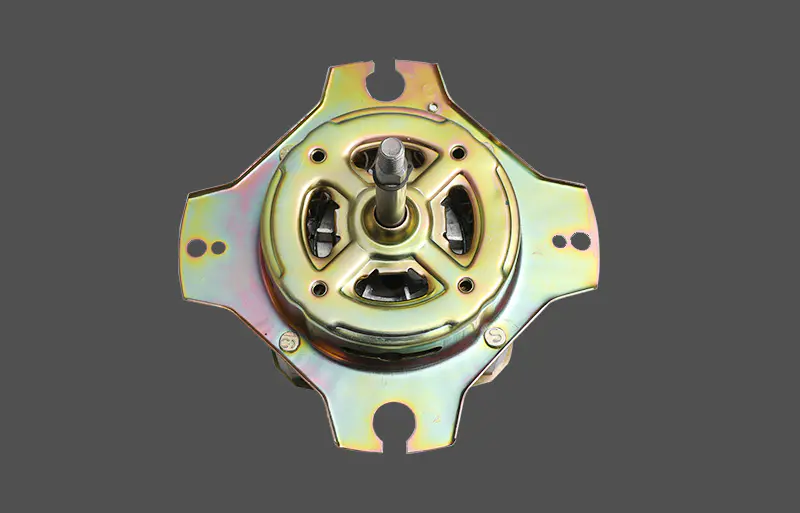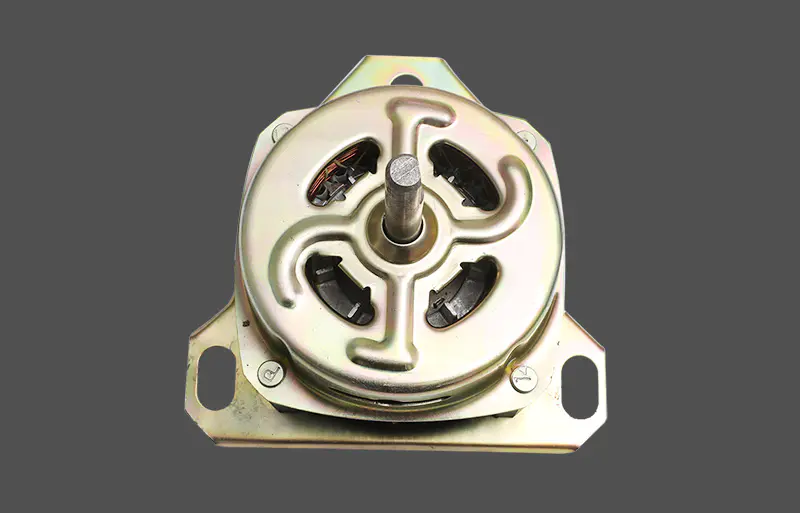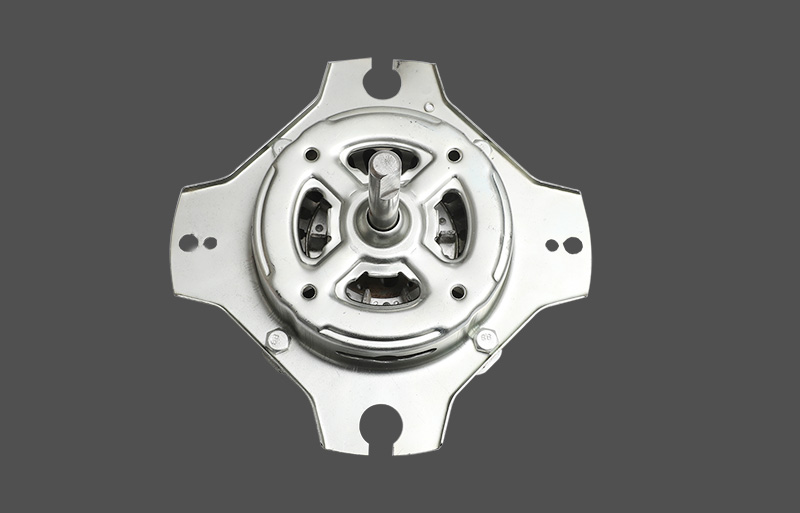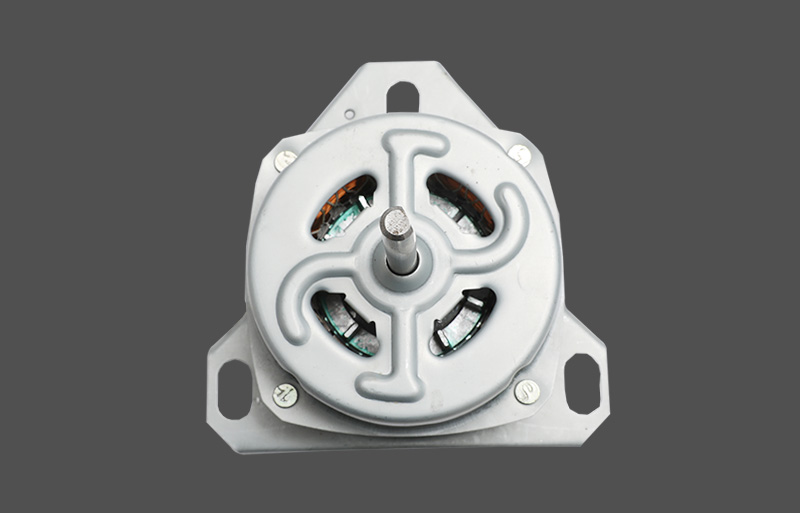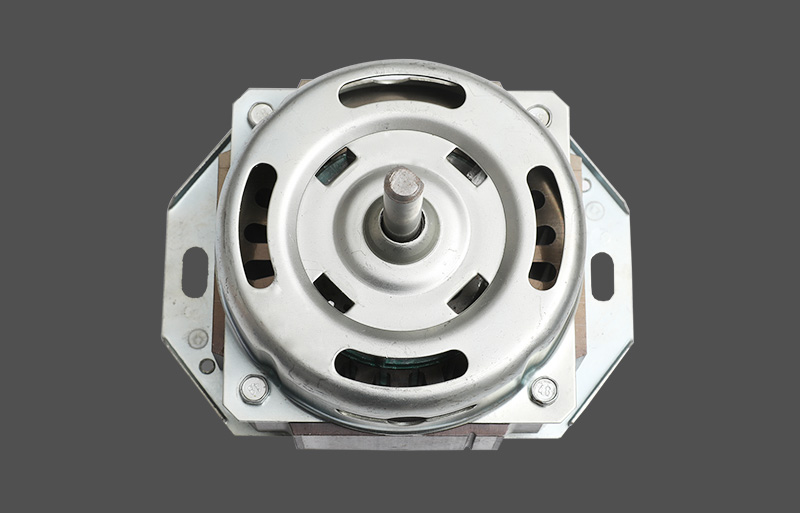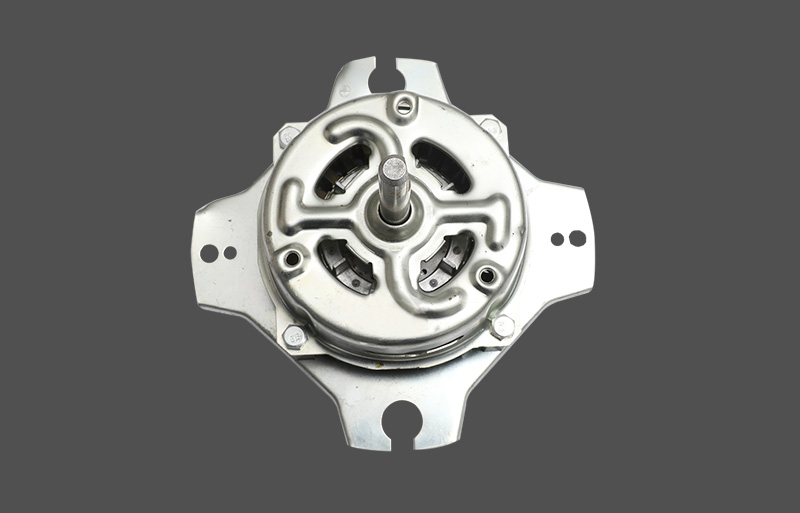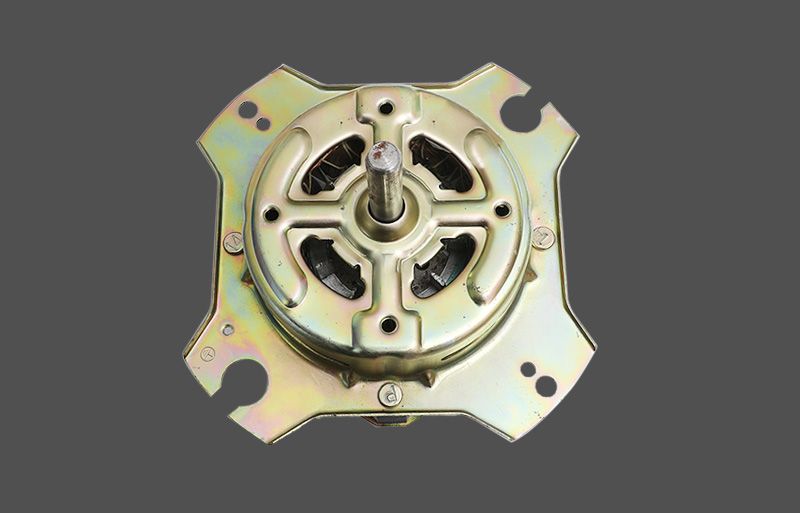The standing fan motor is a core component of a floor fan, and its performance directly determines the fan's operating performance at different speeds. Low-speed operation is common in daily use, leading to increasingly stringent user requirements for comfort, energy efficiency, and stability. Maintaining high efficiency and ensuring stability at low speeds has become a key focus for both industry R&D and users.
Energy Efficiency Challenges of Low-Speed Operation
When a floor fan motor operates at low speeds, its speed decreases, reducing load torque. However, iron, copper, and mechanical losses still exist within the motor. Improper motor design or control can lead to reduced efficiency, increased energy consumption, and unstable operation at low speeds. Traditional AC induction motors, in particular, experience significantly increased energy losses when using resistors or capacitors to reduce voltage to achieve low-speed operation, resulting in low motor efficiency.
Motor Structural Optimization
To improve low-speed efficiency, motor manufacturers typically optimize the stator and rotor designs. The stator utilizes high-permeability silicon steel sheets to reduce magnetic flux loss; the winding wire diameter and slot fill ratio are optimally matched to minimize copper loss; and the rotor structure prioritizes ventilation and heat dissipation to prevent excessive temperature rise during low-speed operation. These structural optimizations effectively reduce energy waste during low-speed operation and improve overall motor efficiency.
High-Efficiency Windings and Low-Loss Materials
The motor windings are a key component influencing energy efficiency. Using high-purity oxygen-free copper wire reduces resistive losses, maintaining motor efficiency at low speeds. High-temperature-resistant, low-loss insulation and slot wedge materials reduce dielectric losses. This combination of high-efficiency winding technology and high-quality materials enables the motor to maintain high efficiency at low speeds.
Advantages of Brushless DC Motors
Modern standing fan motors are gradually transitioning to brushless DC motors (BLDCs). BLDCs rely on electronic control for precise speed regulation at low speeds, avoiding the energy waste associated with voltage reduction in traditional AC motors. Using PWM (Pulse Width Modulation) control, the motor maintains high efficiency at low speeds while achieving stable speed and low noise. The high efficiency and stability of BLDC motors make them the preferred solution for the new generation of floor fans.
Reducing Noise and Vibration
At low speeds, motor noise and mechanical vibration are more noticeable to users. To ensure comfort, motor designs typically incorporate high-precision dynamically balanced rotors, low-friction bearings, and optimized fan blade aerodynamics. By reducing mechanical friction and unbalanced vibration, the motor maintains quiet and smooth operation at low speeds. Noise control not only enhances the user experience but also indirectly improves energy efficiency, as reduced mechanical losses result in higher energy utilization.
Thermal Management and Long-Life Operation
At low speeds, the motor's heat dissipation capacity decreases, making it prone to temperature rise. Efficient heat dissipation structures and thermal protection measures are particularly important for maintaining stability. Using large vents, optimized air duct design, and high-efficiency thermally conductive materials ensures that the motor temperature remains within a safe range during low-speed operation. This stable temperature extends the life of the winding insulation and bearings, ensuring the motor maintains high efficiency over long-term operation.





